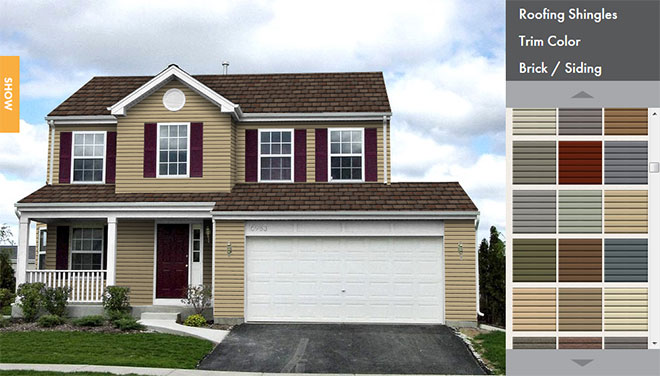What Type Of Material Is Best For Your Home Roof Comparisons
There are many types of roofing materials—some of which are brand new with a range of pluses and negatives. You can re-roof with the same type of roofing material that you currently have or investigate alternatives. Some materials are environmentally friendly and some are long lasting or low maintenance. And who doesn’t love low maintenance?
Are You Thinking About A New Roof?
Wondering what type of material might be best for your home?
Before making your choice, consider the life-cycle cost of your roofing material. Some materials, though much more expensive, require less maintenance and have a longer life expectancy than others. An asphalt composition roof might last just 20 years whereas a metal roof might last more than 50. Consider both the current and potential value of your home, and its age when calculating whether a roofing material is actually “too expensive.” It might just be more cost-effective in the long run.
The following table describes some of the roofing choices available.
Roof Type House Style (Advantages and Disadvantages)
 Composition (asphalt shingles)
Composition (asphalt shingles)
Can be used on any house from contemporary to historic. False thatched roof with the wrapped roof edge on 1920s Tudor style.
- inexpensive
- ranges from low-cost 3-tab shingle to architectural shingles with extra durability and style
- many colors, types, and manufacturers
- suitable for most residential applications
- easy to repair
- fire resistant
- relatively short life-span (15–30 years)
- scars easily when hot
- subject to mildew and moss
- environmentally unfriendly
Bungalows, ranch, contemporary, cottage, historic
- natural look weathering to a soft grey
- offers some insulation value
- blends in with the environment
- easy to repair or replace
- long lasting if maintained (30–50 years)
- expensive
- usually requires professional installation
- high maintenance
- tends to rot, split, mold, and mildew
- poor fire rating unless pressure treated
 Metal (steel, aluminum, tin, copper)
Metal (steel, aluminum, tin, copper)
Bungalows, ranch, contemporary, cottage, historic (virtually all)
- available in different looks including cedar shingles, slate, or standing seam
- many colors
- light weight
- durable
- long life span (at least 50 years)
- low maintenance
- can be installed over existing roofs
- excellent performance in high wind, hail and rain
- environmentally friendly
- may be difficult to install
- can be expensive
- may need periodic painting
Mediterranean, Italian, French Eclectic, Spanish Eclectic, Beaux Arts, Mission, and Prairie. May also be attractive on some contemporary or ranch style homes.
- non-combustible
- many colors and styles
- attractive
- fireproof
- easy to maintain
- extremely durable when maintained
- expensive
- heavy
- used primarily in new buildings because of weight and structural requirements
- installation and repairs can be tricky
- fragile; walking on roof may break tiles
Colonial, French, Italianate, Exotic Revivals, Chateauesque, Beaux Arts
- beautiful, distinctive appearance
- fireproof
- long life span
- low maintenance
- very expensive
- requires specialized installation
- heavy
- fragile
- high maintenance
Concrete (fiber reinforced)
Virtually any style of home
- many colors and styles including shakes, tile, and stone
- relatively lightweight
- fire and insect resistant; meet many of the more restrictive fire codes
- low maintenance
- extremely durable
- resource efficient
- can be expensive
- uneven quality among products
Hot mopped asphalt with decorative stone
Flat roofed California-style modern
- inexpensive
- easy to repair
- stinks
- health risk to installers
- fumes promote smog
Engineered rubber/plastic
Virtually any style of home
- about 1/3 the weight of slate
- long lasting (30–50 years)
- cost effective
- attractive
- available in a large range of styles and colors with more appearing constantly
- made of reclaimed materials
- new to market
Eco-roofs
Flat to moderately sloped roofs.
- Environmentally friendly; filters rainwater through a roof system of vegetation and soil
- Low maintenance; can extend the life of the roof membrane substantially
- Provides insulation to even out climate variations; in particular, keeps houses cooler in summer
- Attractive
- initially expensive
- unconventional in US, though used more than 30 years in Europe
Think about your choices , then call a Minnesota roofing contractor to help you make the best decision for home and budget.





 Click Here
Click Here Click Here To Use
Click Here To Use